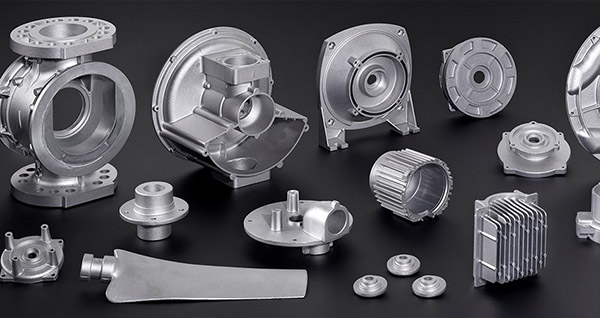Understanding Diecasting: The Process and Its Functions
Understanding Diecasting: The Process and Its Functions
Blog Article
Diecasting is a crucial manufacturing method that involves pushing hot metal into a cavity at high pressure. It is well-known because of its capacity to make complex shapes with great precision and repeatability. It is indispensable in various sectors. From aerospace and automotive all the way to household appliances and consumer electronics diecasting is a vital part in constructing components that comply with strict specifications for quality and efficiency. This article will explore the intricacies of diecasting by focusing on its advantages, processes as well as applications.
Diecasting starts by making the mold, sometimes referred to as a die, which is typically made from the hardened steel. The mold is designed for the extreme temperatures and pressures used in the process. When the die is in place to be used, the molten material, generally made of alloys of aluminum zinc, magnesium, or copper, is heated up to an liquid state, and is injected into the mold under high pressure. The pressure will remain constant until the metal is solidified insuring that the solidified metal fills every part of the mold with fine parts and walls that are thin. When the metal has cool and has solidified, the mold is open, and the final product is then ejected. This method allows for high efficiency and accuracy when making metal components.
One of the biggest advantages of using diecasting is its effectiveness in large-scale production. After the dies have been created this process is able to be repeated several times and with very little variation between parts. The repeatability is crucial in industries that require large quantity of consistent parts. In addition, diecasting is recognized for its high efficiency. Diecasting produces less waste than other techniques for forming metal, as any excess metal is recyclable and reused. This not only reduces the costs of manufacturing but also encourages environmentally sustainable manufacturing practices. Diecasting's speed and precision diecasting makes it a great method for making large amounts of products quickly and reliably so that the manufacturers are able to meet tight production schedules and demand from the market.
Diecasting is widely utilized across many industries due to its versatility and range of materials used. For the automotive sector Diecasting is a must for producing components such as engine blocks, transmission cases and other structural components. The aerospace industry has a dependence on diecasting to create lightweight and strong parts that are able to endure the harsh conditions of flight. In the field of consumer electronics, diecast parts are utilized for frames and housings, ensuring durability and precision in devices. Diecasting's flexibility extends to applications in the healthcare, telecoms and power tool industries and demonstrates its vast utility and importance. To gather more information please look at this web-site
The material used for diecasting can significantly affect the physical properties and functionality of the final product. Aluminium is an extremely popular material due to its excellent strength-to-weight ratio, corrosion resistance, as well as its electrical and thermal conductivity. These properties make aluminum ideal in aerospace and automotive industries that require weight reduction. Zinc alloys are strong and ductility. They are perfect for applications that require precise details and durability. Magnesium alloys have the tiniest weight of metallic structural elements, offering benefits in situations where the weight savings are crucial. Copper alloys, although typically used in less applications but are coveted for their superior electrical conductivity and their resistance to corrosion. Each one of them has its own advantages making it possible for manufacturers to pick the most suitable option to meet their particular application requirements.
Diecasting is an important manufacturing method that is able to combine accuracy, precision as well as versatility. The ability of diecasting to create intricate, high-quality products with outstanding mechanical properties make it indispensable in many industries. The efficiency of diecasting for mass production, together with the material and cost benefits, underscores its value in the modern world of manufacturing. In the era of high-performance and reliable components continues to rise, diecasting will be the foundational technology for advancement and helping in the creation of products with the latest technology that will meet changing demands of the marketplace. By its continual development and application diecasting illustrates the interaction between engineering and manufacturing proficiency, cementing its importance in the next phase of industrial production.